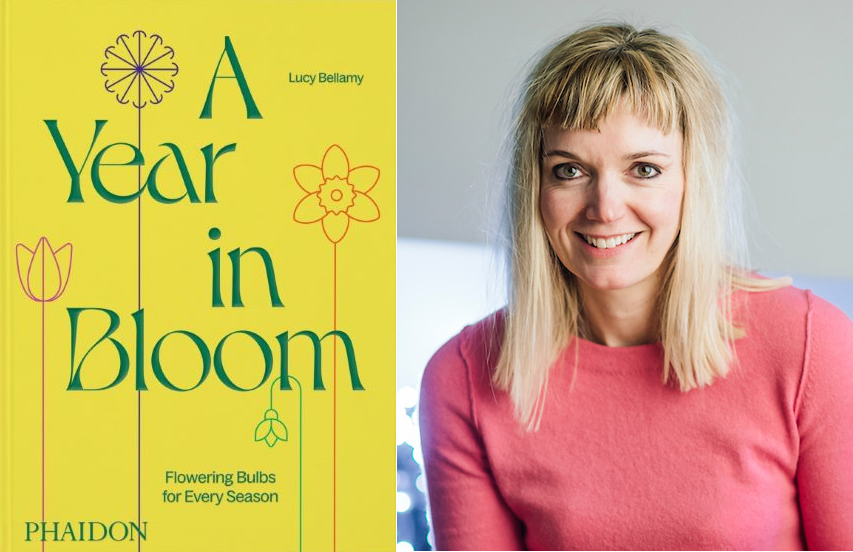
Lucy Bellamy
Every year, I confidently state, “I will not be buying hundreds of bulbs next year! No way! Come mid-September, the boxes (and boxes) are delivered to the door. No, I won’t tell you how many. We are just getting started with fall where I live. And I haven’t been to the garden shops…yet.
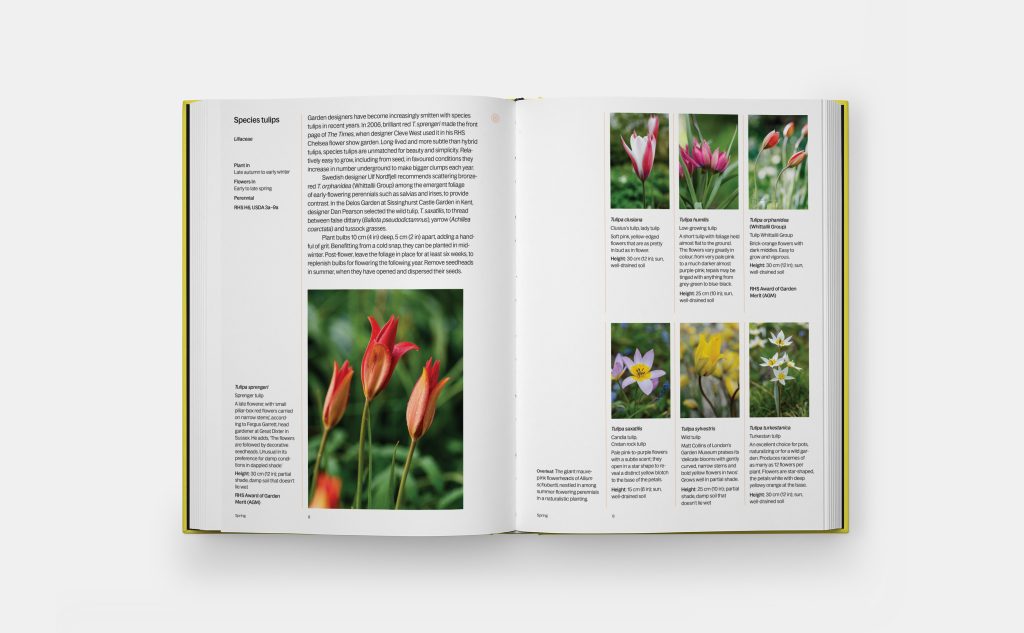
Lucy Bellamy’s latest book, A Year in Bloom: Flowering Bulbs for Every Season, hooked me right away. She had me at “pools of color.” “I like them for their optimism, their resilience, and for their transient beauty.” Hear, hear! I kept reading and my list of bulbs to buy yet this year and next year got longer and longer.
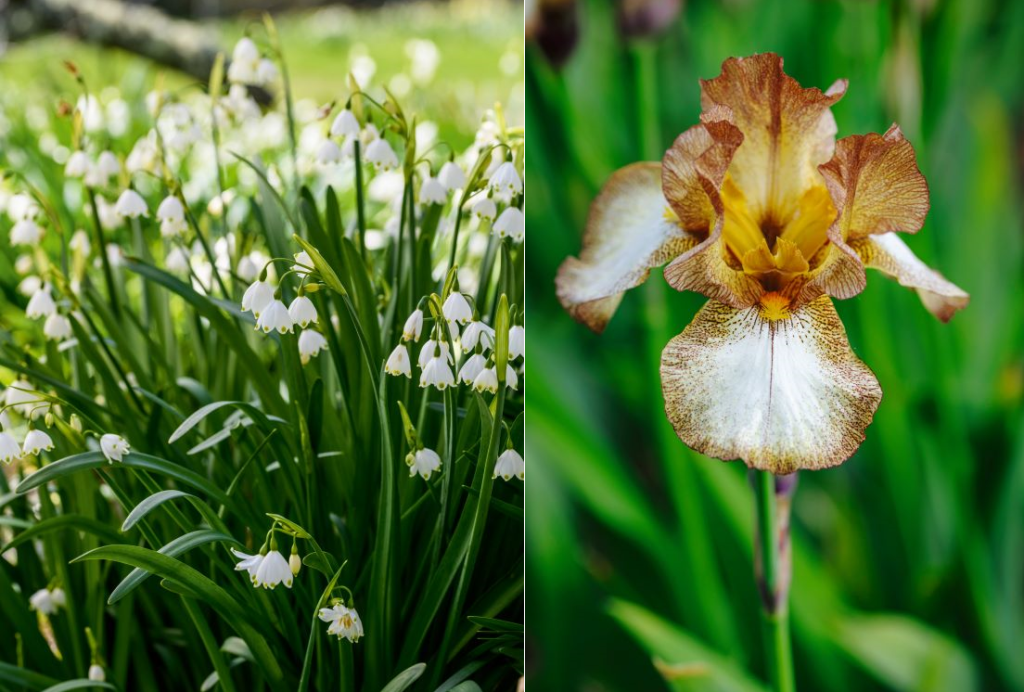
Optimism is one of the most essential words in a gardener’s language of love –it’s why we do what we do. It’s why we put seeds and plants and bulbs in the ground and sit back and wait for the magic to happen. And when the magic does happen, we are hooked. You know the feeling, when you are on the ground at the beginning of winter, poking around in the fallen leaves, searching for those dark pink bumps pushing up where the hellebores should be. Before you know it, you start to notice the crocus. Ahhhhhhh, yes, there they are!
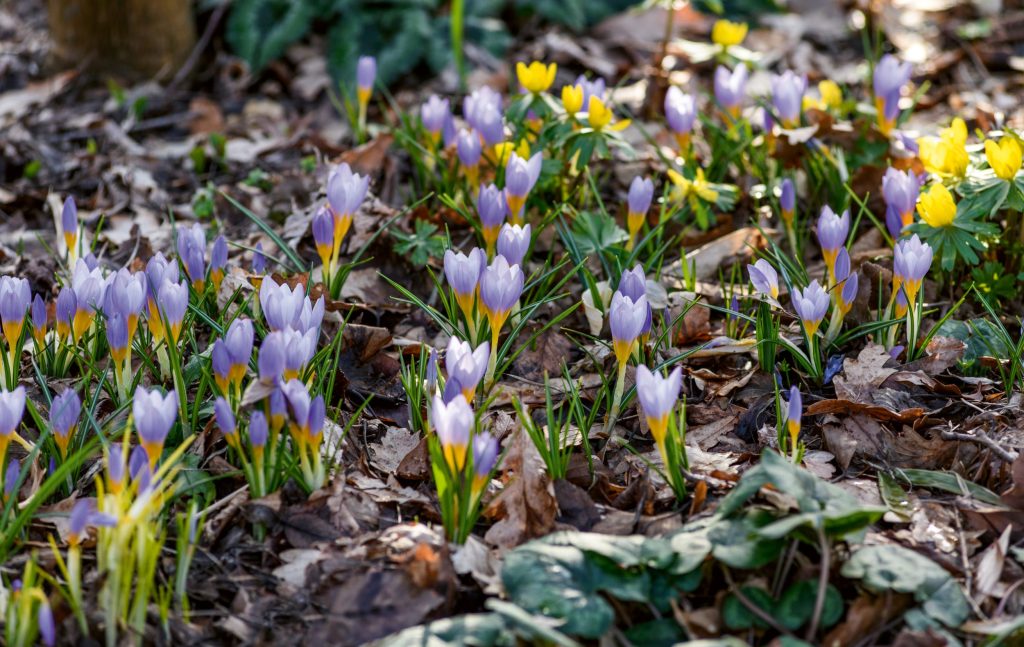
Lucy is the pied piper and lays out our seasonal path from Late Winter and Early Spring, Late Spring, Summer, and Autumn & Early Winter. Each of these sections starts with a list of top performers that season. The bulbs are presented based on their bloom time and each flowering bulb is fetchingly displayed with the attributes and growing particulars next to each photo.
The “muscari (commonly called grape hyacinths) are best planted in large numbers to make pools of early colour.” I need to remember the part about large
numbers. Of course, the old fashioned grape hyacinth (M. neglectum) quickly multiplies around in the garden here, but it’s nice to know something grass like and green will be growing for several months. That’s a plus in my book. Note to self: order up twice as many ‘Valerie Finnis’ as you think you need. Her bloom color is a charming pale blue.
Narcissus are tremendous additions to your garden – especially since rodents seldom bother them. Narcissus poeticus ‘Recurvus’ or Old pheasant’s eye daffodil has been around forever. Little exclamation marks in fields, generally denoting where an old homestead stood. [Note: Daffodil is the common name for narcissus.]
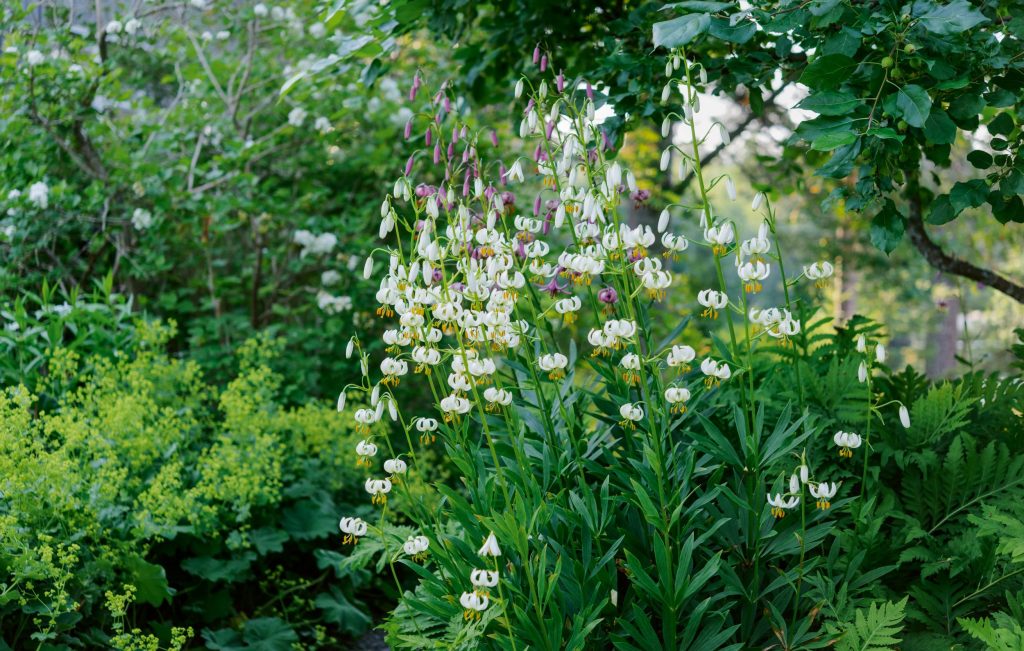
Late Spring is the time of prolific leucojum which you may know as the summer snowflake. These multiply like crazy and I like that. The green foliage is often standing at the base of small trees in the garden as late as July. And the species tulips should always be considered. Lucy points out garden designers have “become increasingly smitten with species tulips in recent years.” Well, yes, they multiply modestly, are showy, and tend to be very perennial.
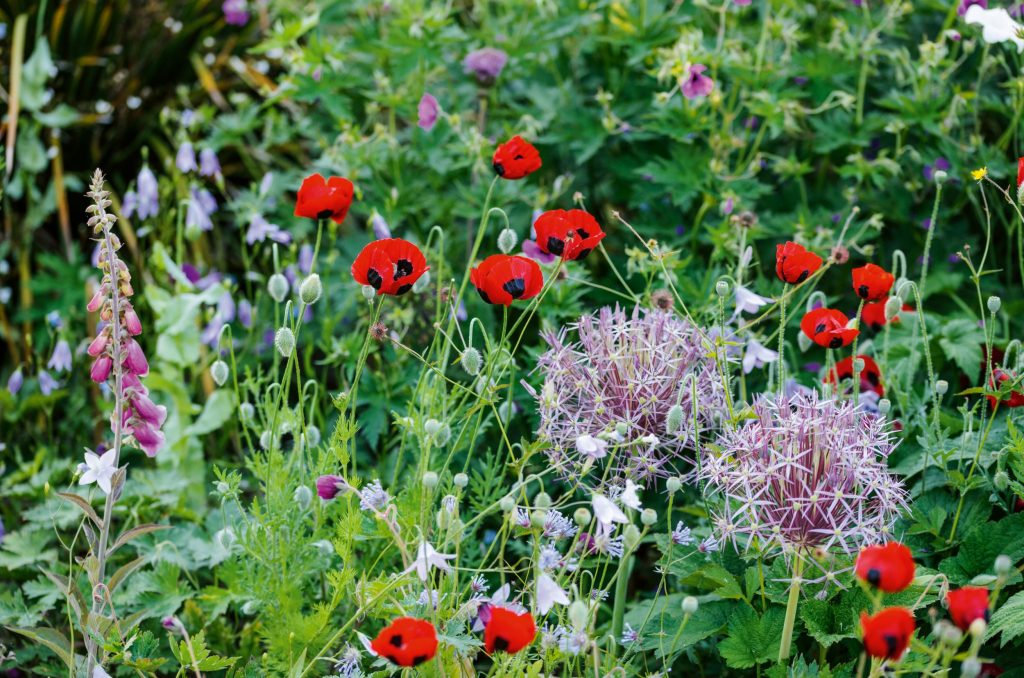
Tulipa ‘Lady Jane’ is an all-time favorite. It starts out slender and graceful, then blows wide open when the day warms up. Oh tulips. How we love you. Do not overlook the alliums or the iris. Don’t overlook alliums or iris. As summer slides in, they do a terrific job of bridging seasonal change. The alliums’ pom-pom shapes work brilliantly against the flower spikes of camassia and Martagon lilies. For autumn blooms, tuck in autumn crocus and colchicums, and it’s time to start ordering again.
Bulbs by Use is one of the most helpful parts of this book. There are lists for pollinators, scents, naturalizing and of course, cut flowers.
Flower folks? Get this book as soon as you can. The bulbs have started arriving in garden centers across the country. Order online quickly. Start digging holes for
planting and don’t forget to make beautiful pools of color.
A Year in Bloom: Flowering Bulbs for Every Season
By Lucy Bellamy
Phaidon Press, October 15, 2024, $39.95
216 pages
Lucy Bellamy is the former editor of the beloved magazine, Gardens Illustrated and
writes for prominent British newspapers, The Guardian and The Times. You
can follow her @lucy.bellamy.

